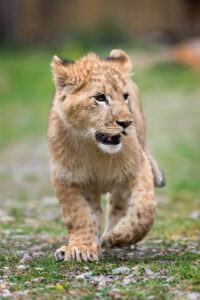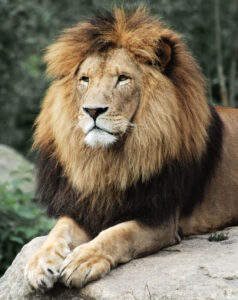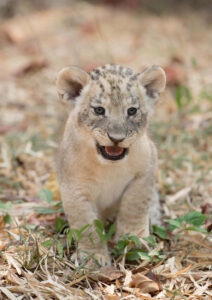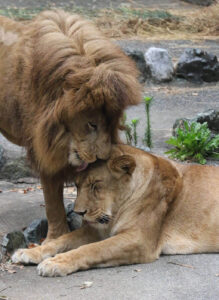Lions, often referred to as the "King of the Jungle," are majestic creatures that have captured the imagination of humans for centuries. These powerful and social felines are known for their strength, agility, and the iconic roar that can be heard from miles away. But where exactly do these magnificent animals call home?
Key Takeaways
- Lions predominantly inhabit the savannas and grasslands of Africa.
- A small population of lions can be found in the Gir Forest of northwest India.
- Lions live in groups known as prides, which consist of related females and their offspring.
- The size of a lion's pride is often determined by the availability of prey.
- Human encroachment and habitat loss are significant threats to lion populations.
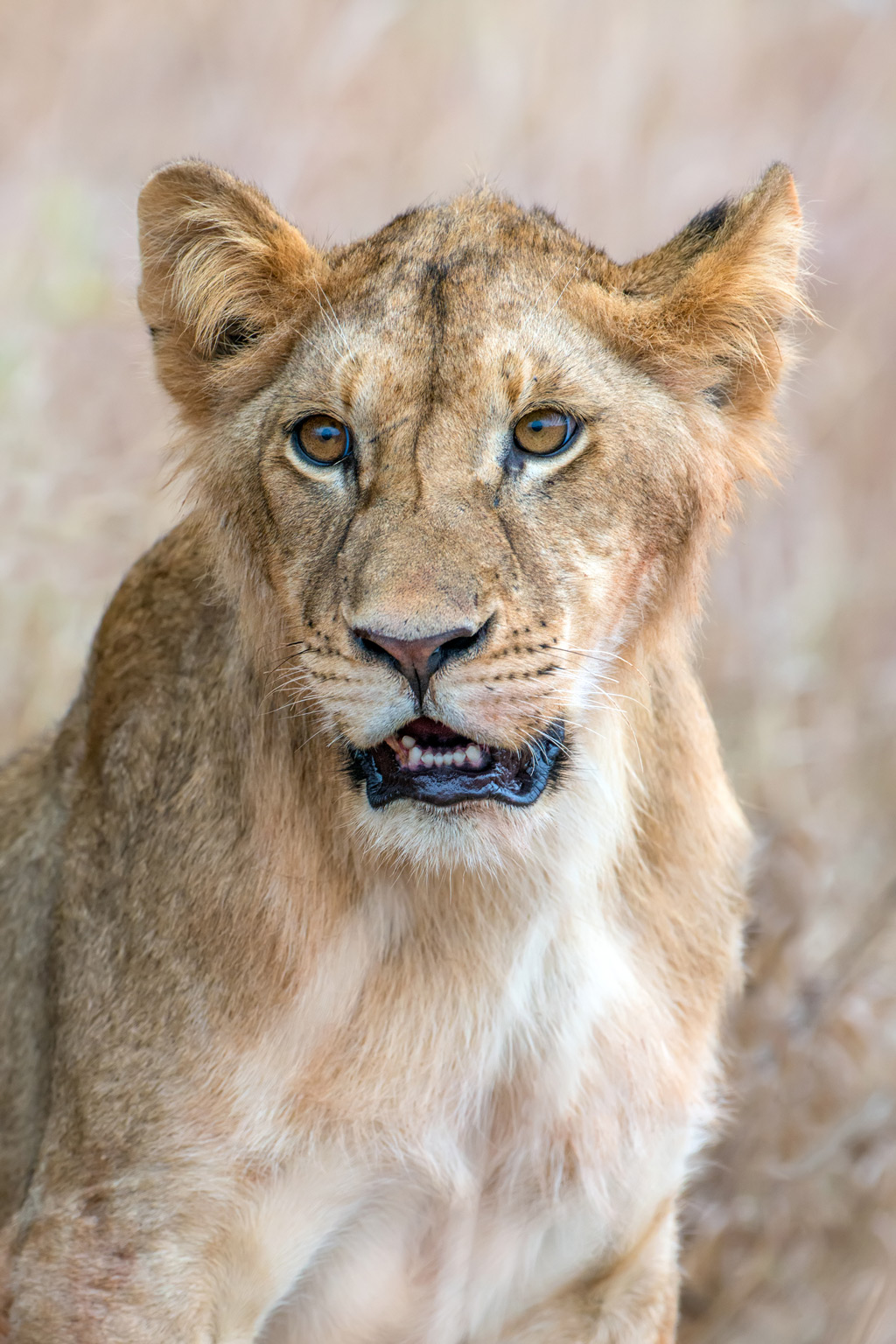
Habitats of the Lion
Lions are versatile creatures that can adapt to a variety of habitats. However, they have specific preferences that suit their lifestyle and hunting techniques.
African Savannas and Grasslands
The vast majority of the world's lion population can be found roaming the savannas and grasslands of the African continent. These open landscapes provide lions with the perfect environment for hunting. The tall grasses offer camouflage, allowing them to stalk their prey stealthily.
Forests and Woodlands
While lions are not typically associated with dense forests, they can and do inhabit woodland areas, especially when these regions border open grasslands. The woodlands offer shade and shelter, while the adjacent open areas provide hunting opportunities.
The Unique Case of the Gir Forest
Apart from Africa, a small population of lions, known as the Asiatic lion, resides in the Gir Forest of northwest India. This subspecies of lion has adapted to the forested environment, making it distinct from its African counterparts.
https://www.youtube.com/watch?v=zobZd8Mp3sk
Living in Prides: The Social Structure of Lions
Unlike most other big cats, lions are incredibly social animals. This sociability is evident in their group living structure, known as a pride.
Composition of a Pride
A typical lion pride consists of related females, their offspring, and a coalition of males. The number of lions in a pride can vary, with some prides having as many as 40 members.
Role of Males and Females
While both males and females have distinct roles in the pride, it's the females who are the primary hunters. They work together to stalk and bring down prey, often taking on large animals like zebras and wildebeests. Males, on the other hand, are responsible for protecting the pride's territory from intruders and other male coalitions.
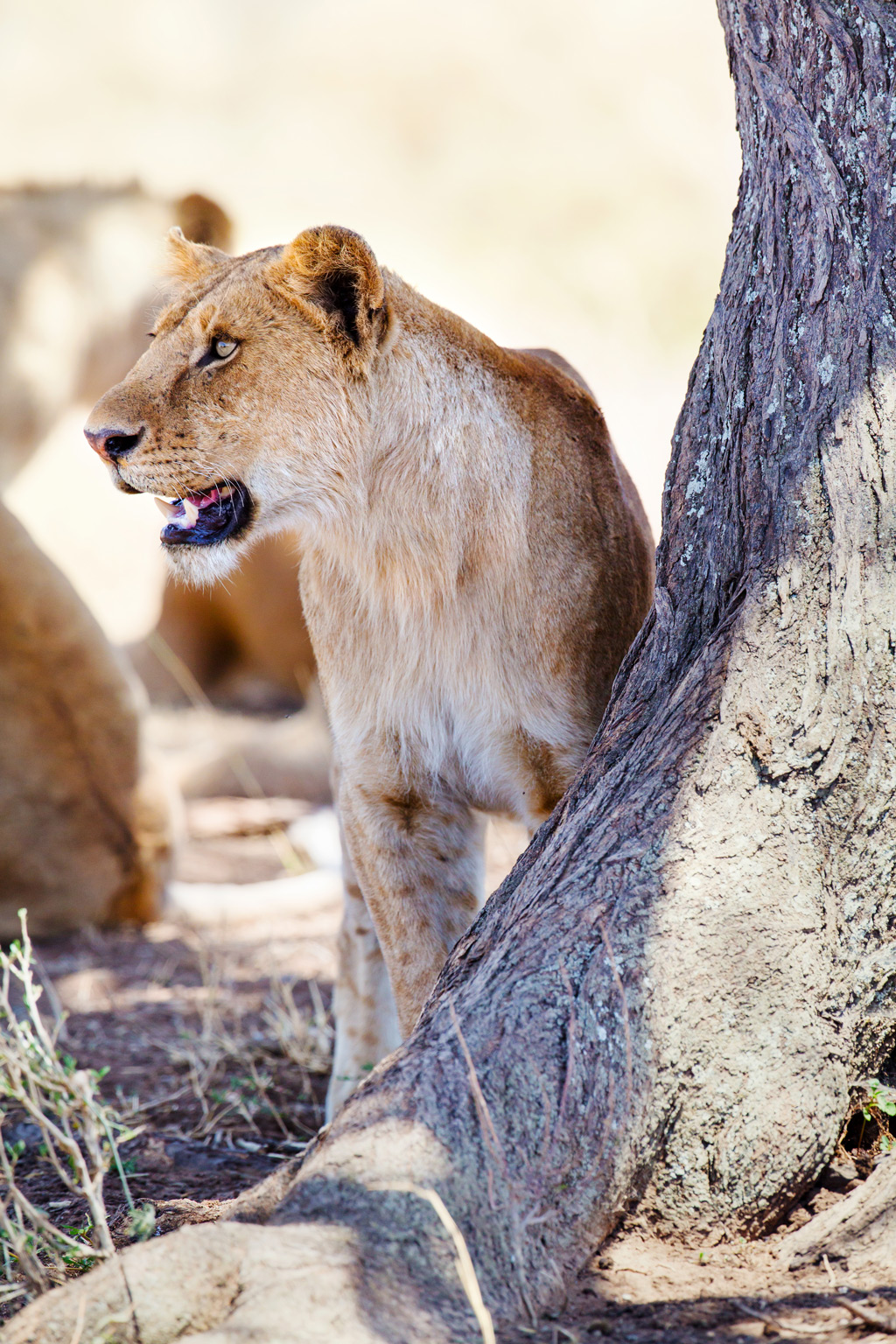
https://youtube.com/watch?v=FZt-do7OYh4
Threats to the Lion's Habitat
Lions face numerous challenges in the wild, many of which are a direct result of human activities.
Habitat Loss
One of the most significant threats to lions is habitat loss. As human populations expand, grasslands and forests are converted into agricultural land, reducing the space available for lions to hunt and live.
Human-Wildlife Conflict
As lions lose their natural habitats, they come into closer contact with human settlements. This proximity often leads to conflicts, especially when lions prey on livestock. In retaliation, farmers might kill lions, further reducing their numbers.
Conservation Efforts
Various organizations and governments are working to protect lion habitats and reduce human-lion conflicts. National parks and reserves have been established to provide safe havens for these majestic creatures. Additionally, community-based conservation efforts aim to find a balance between human needs and wildlife conservation.
https://youtube.com/watch?v=-lJaBiAuc4M
Behavior, Lifestyle, and Threats
In Part 1, we explored the habitats of lions and their social structure. In this section, we'll delve deeper into the behavior and lifestyle of these majestic creatures, shedding light on their daily activities, interactions, and the challenges they face in the wild.
Lion Behavior and Social Dynamics
Lions are unique among big cats due to their social nature. Their behavior is shaped by the dynamics within their pride and their interactions with other animals.
Group Living and Pride Dynamics
A lion pride typically consists of related females, their offspring, and a coalition of males. These prides operate on a "fission-fusion" basis, meaning members often split into smaller groups and reunite later. This structure allows them to efficiently hunt and protect their territory. Females usually stay with their birth pride, while young males leave to form coalitions and seek new prides.
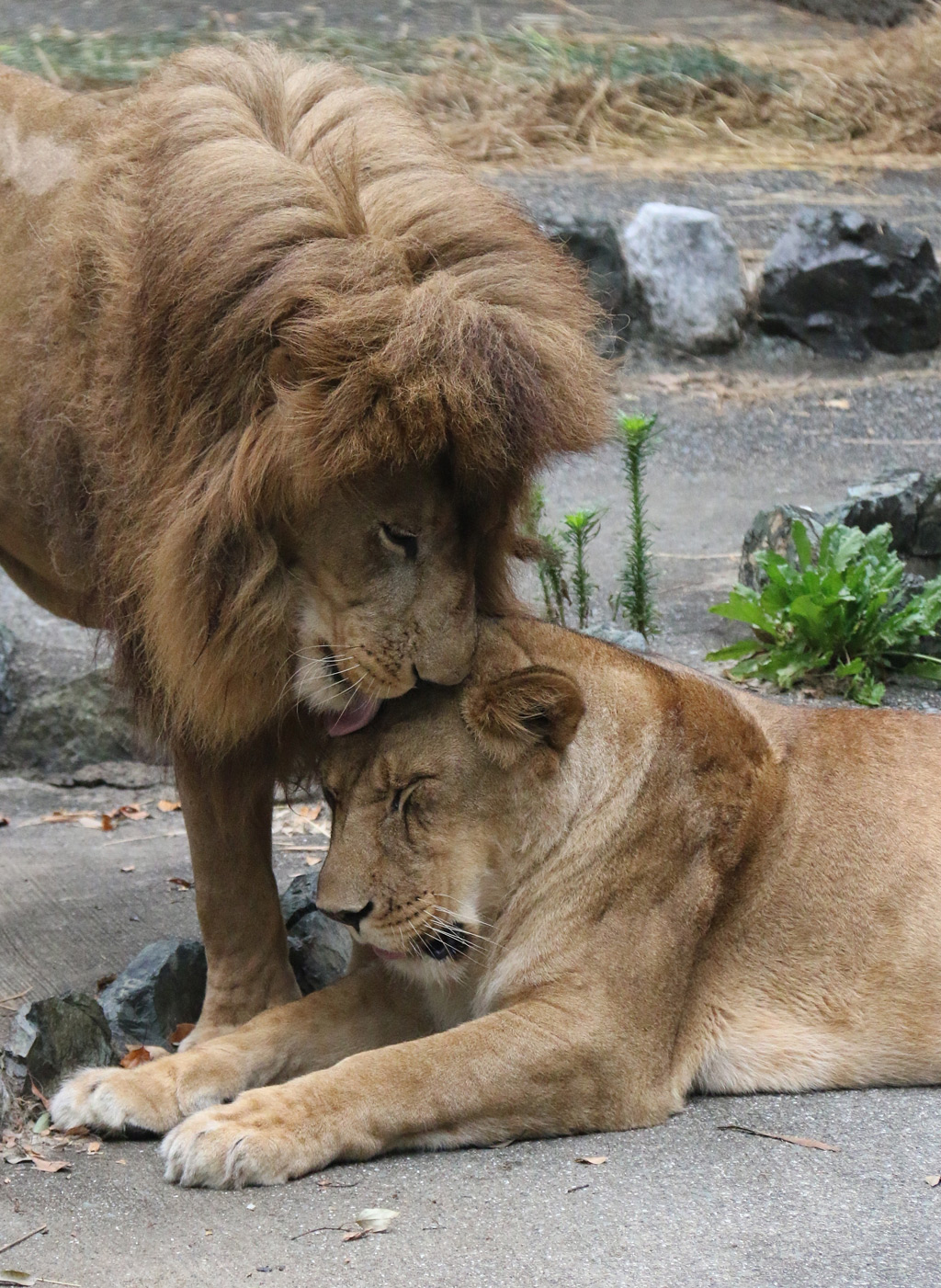
Infanticide: A Dark Aspect of Lion Behavior
When a new coalition of males takes over a pride, they often engage in infanticide, killing the existing cubs. This behavior ensures that the new males can sire their offspring without competition. Infanticide is a significant cause of cub mortality in the wild.
Territorial Behavior
Lions are territorial animals, with both males and females actively defending their domain. Their territories are marked by roaring and scent marking, with roars audible up to five kilometers away. The size of a lion's territory depends on factors like prey availability and access to water.
https://www.youtube.com/watch?v=npqdPEbdj9s
Lion Lifestyle: Hunting, Reproduction, and More
Understanding the lion's lifestyle provides insights into their survival strategies and the challenges they face.
Hunting Techniques
Lions are apex predators and have evolved various hunting techniques. While females are the primary hunters, males occasionally join the hunt. They use the element of surprise, stalking their prey in the tall grass before launching a swift attack.
Reproduction and Cub Rearing
Lionesses give birth to litters of one to four cubs after a gestation period of about 3.5 months. The early life of a lion cub is fraught with danger, from threats within the pride to external dangers like hyenas and leopards.
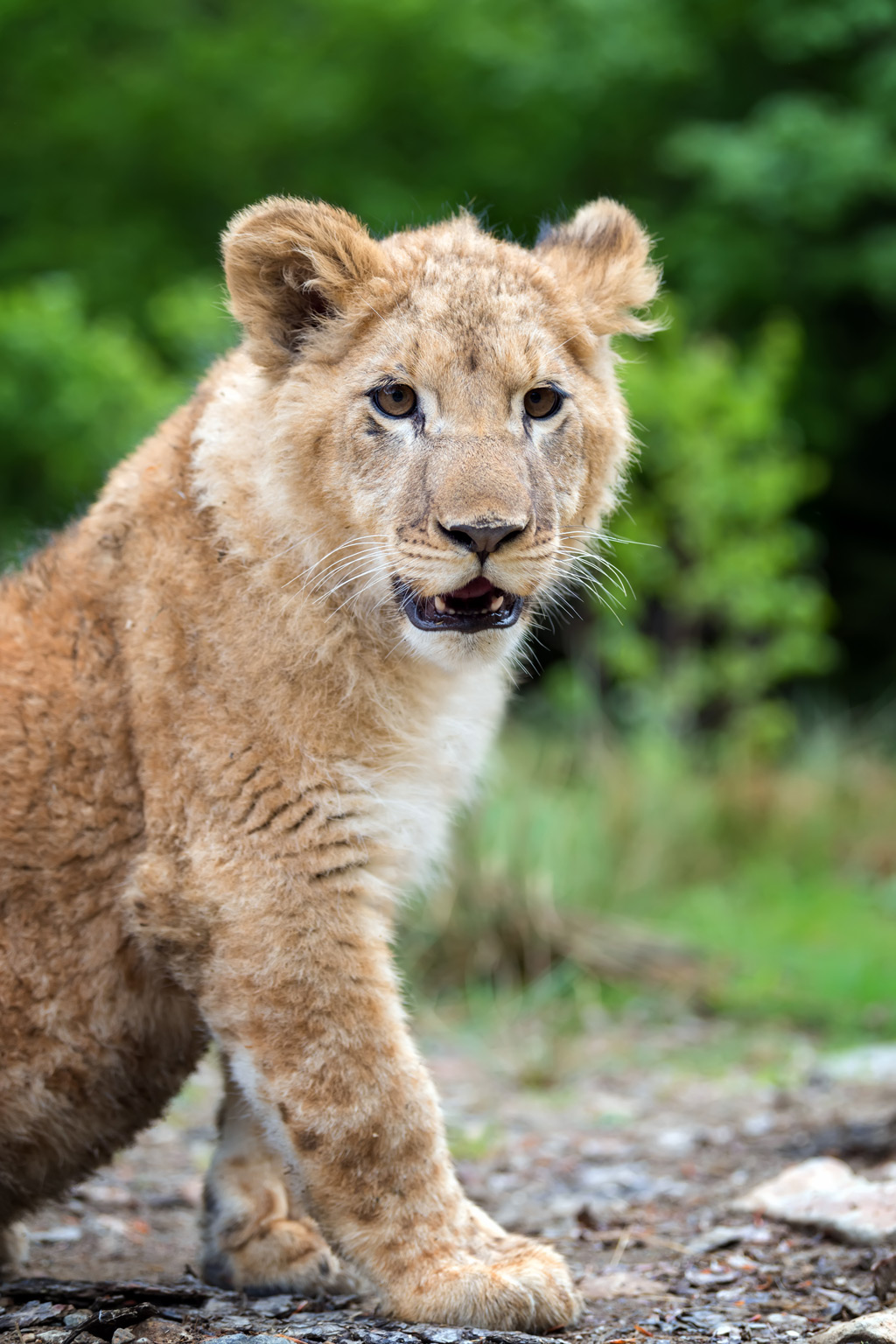
https://youtube.com/watch?v=VpaBzWtLH_U
Threats to Lions in the Wild
Lions face numerous threats in their natural habitats:
Human-Lion Conflict
As human settlements expand, lions come into closer contact with people, leading to conflicts. Lions might prey on livestock, prompting retaliatory killings by humans.
Poaching and Trophy Hunting
Illegal hunting for lion parts and trophy hunting pose significant threats to lion populations in certain regions.
Habitat Loss and Fragmentation
Urbanization and agricultural expansion have led to shrinking lion habitats, isolating populations and reducing their genetic diversity.

